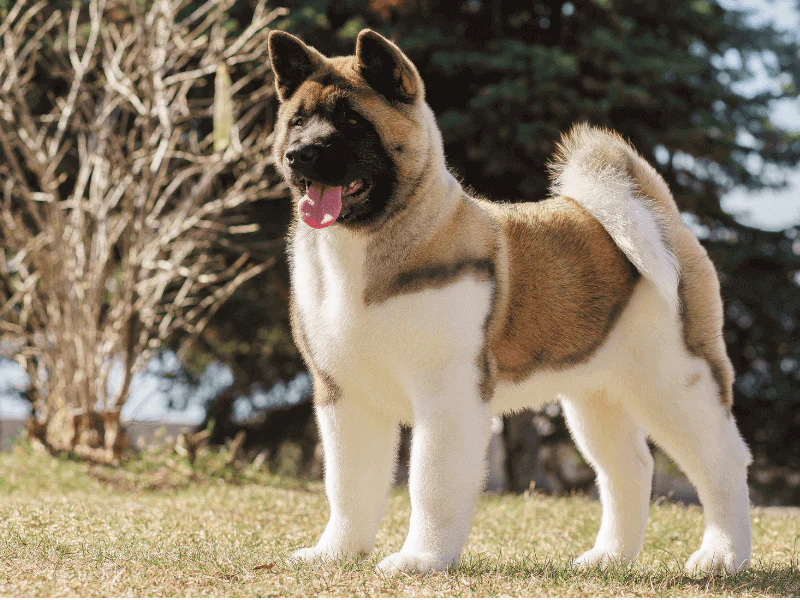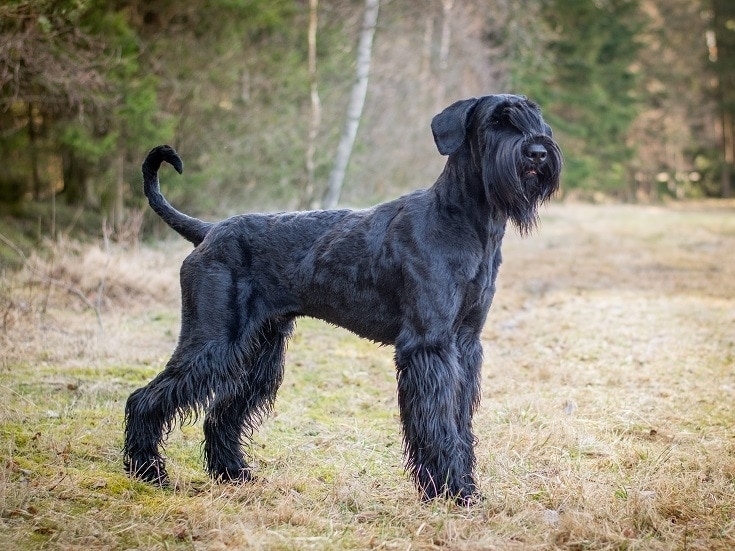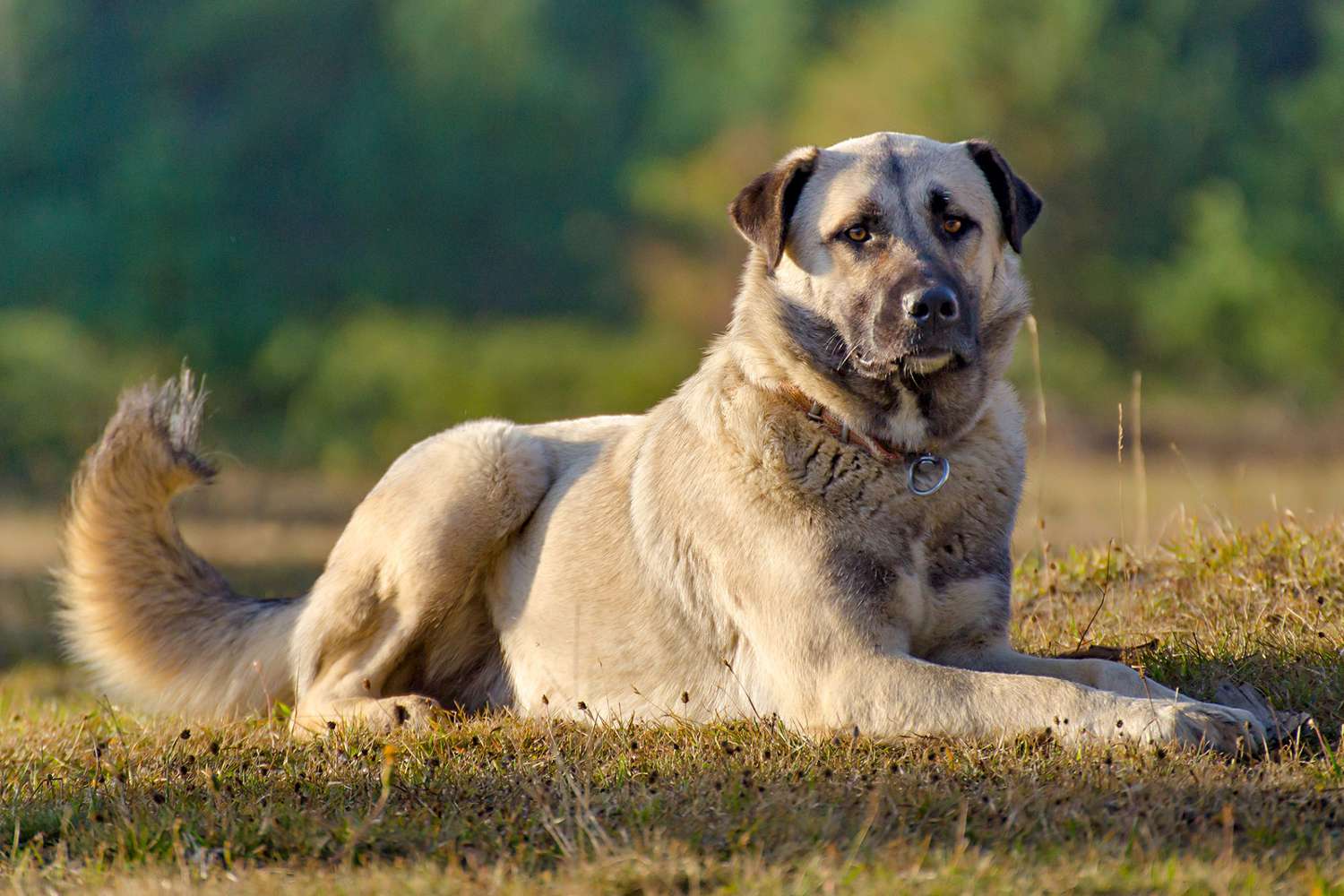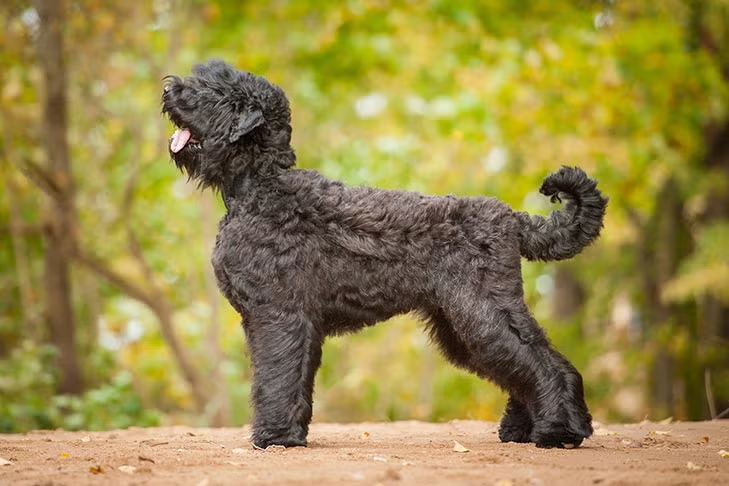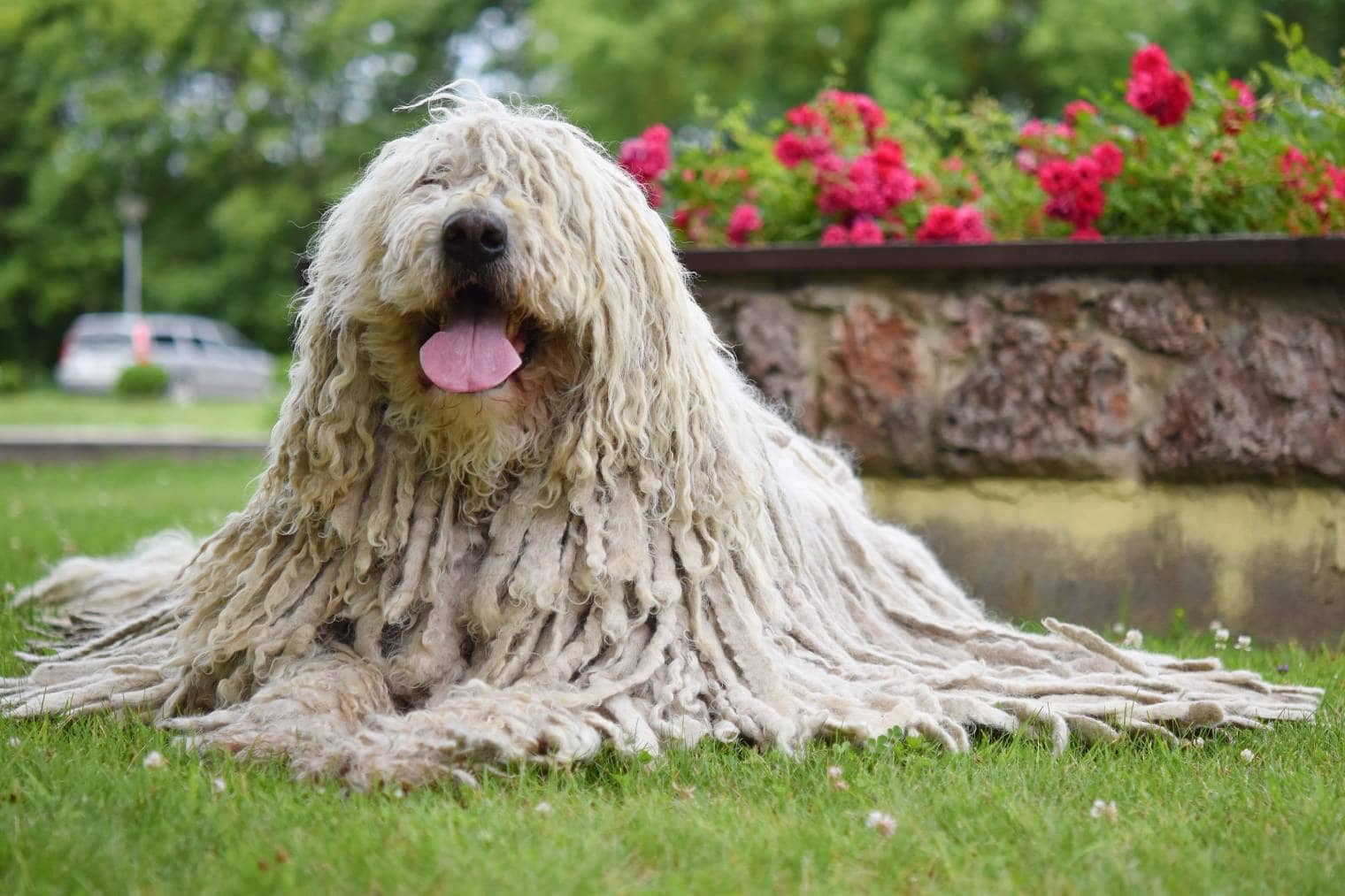The first time I saw an Akita in person, I nearly gasped. There’s something undeniably regal about these dogs—from their powerful build and thick, plush coat to that dignified expression that seems to look right through you. It was like encountering a living, breathing stuffed animal with the presence of a silent samurai. I’ve been low-key obsessed with these magnificent dogs ever since.
If you’ve ever encountered an Akita, you know exactly what I’m talking about. These aren’t just dogs; they’re like four-legged embodiments of Japanese nobility with personalities as complex and captivating as their striking appearance. Originally bred as hunting and guard dogs in the snowy mountains of northern Japan, today’s Akitas have traded in their hunting expeditions for spots on our couches—though that dignified, protective spirit still runs deep in their DNA.
Whether you’re considering adding one of these magnificent guardians to your family, already share your home with an Akita, or are just fascinated by this remarkable breed, this comprehensive guide is for you. We’ll dive into everything from their fascinating Japanese origins and distinctive physical characteristics to their unique personality traits, training needs, health considerations, and what it really takes to live with these incredible dogs day to day.
So grab your favorite beverage, get comfortable, and let’s explore the wonderful world of the Akita together!
The Fascinating History: From Japanese Royalty to Modern Companion
The Akita’s story begins in the mountainous northern region of Japan that gives the breed its name—Akita Prefecture. These dogs weren’t born out of fashion or whimsy but rather out of necessity in a harsh, unforgiving environment where their size, strength, and courage were essential survival traits.
Ancient Origins and Noble Heritage
Dating back to the 17th century, Akitas were originally bred as hunting dogs capable of tracking and bringing down big game including wild boar, deer, and even bears. Just imagine the courage and power required to face down a bear! These early hunting Akitas worked in small packs, using their strength and intelligence to corner prey until hunters arrived.
As their reputation for bravery and loyalty grew, Akitas became highly prized by Japanese nobility. During the Edo period (1603-1867), owning an Akita became a privilege reserved for the Imperial family and Japanese aristocracy. Specialized Akita caretakers were appointed to ensure the dogs’ well-being, and strict laws protected these treasured animals. The samurai class particularly valued Akitas as status symbols that reflected their own code of courage, loyalty, and dignity.
National Treasure and Cultural Icon
By the early 20th century, the Akita had become deeply woven into Japanese culture. In 1931, the Japanese government officially designated the Akita as a “Natural Monument” of Japan—a rare honor that recognized the breed’s cultural and historical significance. To this day, Akitas remain powerful symbols in Japanese culture, representing good health, happiness, and prosperity.
The most famous Akita in history is undoubtedly Hachikō, whose story of loyalty touched hearts worldwide. Born in 1923, Hachikō belonged to Professor Hidesaburō Ueno of Tokyo Imperial University. Every day, Hachikō would accompany his owner to the Shibuya train station and return in the afternoon to greet him. After the professor’s sudden death in 1925, Hachikō continued to wait at the station every day for his owner’s return—for nearly ten years until his own death in 1935. This remarkable display of loyalty made Hachikō a national hero in Japan, and today a bronze statue at Shibuya Station commemorates his devotion.
The American Connection
Akitas might have remained largely unknown outside Japan if not for Helen Keller, who visited Japan in 1937. After learning about the breed’s loyalty and significance in Japanese culture, she expressed interest in bringing an Akita back to America. The Japanese government presented her with an Akita puppy named Kamikaze-go, believed to be the first Akita in America. Though this puppy sadly died from distemper shortly after arriving in the U.S., the Japanese government sent his brother, Kenzan-go, who lived with Keller for many years.
Following World War II, returning American servicemen who had been stationed in Japan brought more Akitas to the United States. These dogs formed the foundation of the American Akita population. Over time, American breeders developed the Akita somewhat differently than their Japanese counterparts, leading to divergent types—the American Akita and the Japanese Akita (Akita Inu). While the American Kennel Club considers them varieties of the same breed, many other countries recognize them as separate breeds entirely.
This dual evolution has created some controversy in the Akita world, but whether American or Japanese type, all Akitas share that regal bearing and dignified temperament that make the breed so special.
Distinctive Physical Features: The Akita Look
If you’ve ever had the pleasure of seeing an Akita in person, you know they have a way of commanding attention without even trying. There’s something about their powerful build, luxurious coat, and dignified expression that just makes people stop and stare. And honestly? These dogs totally deserve the spotlight.
Size and Structure: Power and Grace
Akitas are substantial, powerful dogs with a strong, muscular build that emanates strength without appearing bulky. Males typically stand 26-28 inches at the shoulder and weigh between 100-130 pounds, while females are slightly smaller at 24-26 inches and 70-100 pounds. Despite their size, there’s a natural grace to an Akita’s movement that reflects their hunting heritage.
Their body structure is well-balanced and slightly longer than tall, with a deep chest, level back, and strong, straight legs that provide the power needed for endurance and bursts of speed. An Akita’s bone structure is heavy but not coarse, giving them a solid foundation without appearing clumsy or overdone.
One of the Akita’s most distinctive physical traits is their curled tail, which forms a full or double curl and rests against the back. This feature not only adds to their dignified silhouette but served a practical purpose in their snowy homeland—providing extra warmth when the dog curled up to sleep.
That Magnificent Double Coat
The Akita’s coat is one of their most striking features—thick, plush, and designed to withstand the harsh winters of northern Japan. This double coat consists of a dense, soft undercoat that provides insulation and a straight, coarse outer coat that repels moisture and dirt.
Japanese Akitas (Akita Inu) come in a more limited color palette that includes red, fawn, sesame, brindle, and pure white, all with the distinctive “urajiro” markings—cream or white fur on the cheeks, muzzle, neck, chest, belly, and inside of the legs. American Akitas have a broader range of colors and patterns, including pinto and various mask patterns.
What makes the Akita’s coat especially remarkable is how it changes with the seasons. Twice a year, usually in spring and fall, Akitas “blow” their undercoat—a process that can be best described as a fur explosion that transforms your home into what looks like a snow globe filled with dog hair. During these shedding periods, daily brushing becomes essential, but the result is a fresh, clean coat that maintains its beauty year-round.
Head and Expression: Dignity Personified
An Akita’s head is large and proportional to their body, with a broad, flat skull and deep muzzle. Their face has a dignified, somewhat serious expression that reflects their thoughtful, reserved nature. Small, deep-set eyes—typically dark brown—convey intelligence and alertness, while their triangular ears stand firmly erect, tilting slightly forward to catch every sound.
The differences between American and Japanese Akita types are most noticeable in the head. Japanese Akitas have a more fox-like appearance with a more refined head and smaller eyes, while American Akitas have a broader, bear-like head structure.
Regardless of type, all Akitas have a distinctive face mask that frames their expressive eyes and adds to their striking appearance. This mask, combined with their alert ears and thoughtful gaze, gives Akitas an expression of dignified awareness that’s unique to the breed.
When all these features come together—the powerful build, the magnificent coat, the curled tail, and that dignified expression—the result is a dog of remarkable beauty and presence. Even in a crowd of other dogs, an Akita stands out, not just because of their striking appearance, but because they carry themselves with a natural confidence that’s impossible to miss.
Temperament and Personality: What to Expect From Your Akita
Living with an Akita is like sharing your home with a quiet, dignified family member who takes their role as your protector very seriously. These dogs have complex personalities that combine loyalty, independence, and deep devotion to their families, making them fascinating companions for those who appreciate their unique temperament.
Loyal Guardians with Reserved Dignity
If I had to describe Akita temperament in one phrase, it would be “devoted yet dignified.” These dogs form incredibly strong bonds with their families and are intensely loyal to those they consider their own. Your Akita will likely follow you from room to room, always wanting to be where you are, yet they often maintain a slight emotional reserve that gives them their characteristic dignity.
This dignified nature doesn’t mean they’re not affectionate—Akitas absolutely show love to their family members. They simply do it in their own way, perhaps with a gentle lean against your leg, a paw placed on your knee, or by positioning themselves where they can keep watch over you. Many Akita owners describe their dogs’ affection as being more meaningful because it feels earned rather than freely given to just anyone.
When it comes to strangers, Akitas are naturally aloof and cautious. This isn’t aggression but rather a watchful reserve that’s deeply ingrained in their guardian heritage. An Akita will typically observe newcomers quietly, making their own assessment before deciding whether to accept someone into their circle. This natural protectiveness makes them excellent watchdogs who don’t need to bark excessively to be effective—their presence alone is often deterrent enough.
At Home: The Family Akita
In the home, Akitas are typically clean, quiet, and well-mannered. Many Akita owners are surprised by how naturally house-trained these dogs seem to be—they’re meticulously clean by nature and quickly establish good house manners. They’re not typically destructive when properly exercised and stimulated, though like any large, intelligent breed, a bored Akita can find creative ways to entertain themselves.
One endearing trait many Akitas share is a cat-like fastidiousness about grooming. You might catch your Akita licking their paws and then using them to clean their face, much like a cat would. This self-cleaning behavior extends to their general preferences as well—many Akitas dislike being dirty and will go to great lengths to avoid puddles or mud that might soil their beautiful coats.
Despite their size and power, Akitas can adapt well to living in homes of various sizes, provided they get adequate exercise. They’re not constant motion machines that need acres of land to run on. Many are quite content to be relatively calm indoor companions who enjoy moderate daily exercise followed by lounging in a favorite spot where they can keep an eye on their family.
With Children and Other Pets
When it comes to children, properly raised and socialized Akitas can be gentle and protective companions. However, their size, strength, and independent nature mean that interactions between Akitas and small children should always be supervised. These aren’t naturally rough-and-tumble play dogs, and they may not have the patience for the unpredictable behavior of very young children.
Akitas raised with children from puppyhood typically develop strong bonds with “their” kids and may become particularly protective of them. Teaching children to respect the dog’s space and dignity is essential for a harmonious relationship—an Akita will appreciate being included in family activities but may prefer not to be treated as a climbing frame or dress-up doll.
The Akita’s relationship with other pets requires careful consideration. Many Akitas have strong prey drives that can make them incompatible with small animals like cats, rabbits, or small dogs unless they’ve been raised with them from puppyhood. Same-sex aggression can also be an issue with other dogs, particularly for males. An Akita who grows up with another dog as a puppy is more likely to accept that specific dog, but may still be selective about other canine companions.
Intelligence and Trainability: Smart but Independent
Akitas are highly intelligent dogs with excellent problem-solving abilities. However, their intelligence is paired with a strong independent streak that can make training both rewarding and challenging. These aren’t dogs who live to please their handlers like a Golden Retriever might—they want to understand why they should do something before they comply.
The key to training an Akita successfully is to make it worth their while through positive reinforcement, consistency, and respect for their intelligence. Harsh training methods will typically backfire with this sensitive breed, who may shut down or become resentful. Instead, establish yourself as a fair and consistent leader who has earned respect rather than demanded it.
Short, engaging training sessions work best, as Akitas can grow bored with repetitive exercises. They excel with trainers who can keep sessions interesting and varied while maintaining clear expectations. A well-trained Akita is a joy to live with, but getting there requires patience, consistency, and mutual respect.
Special Considerations: The Independent Thinker
Anyone considering an Akita should understand that these dogs were bred to work independently and make their own decisions—traits that carry through to modern companion Akitas. This independent thinking can manifest in various ways:
First, Akitas may not always come when called if something more interesting has captured their attention. A solid recall is essential but may never be 100% reliable in all situations.
Second, they can be territorial about their space, food, or possessions. Early training to accept handling and resource sharing is important to prevent guarding behaviors.
Finally, Akitas often have strong opinions about everything from who they consider welcome in their home to which foods they deign to eat. Living with an Akita means accepting their distinctive personalities and working with, rather than against, their natural tendencies.
Living with an Akita means embracing their unique blend of loyalty, dignity, and independence. They’re not the right breed for everyone, but for those who appreciate their distinctive temperament, they can be extraordinarily rewarding companions whose devotion is all the more meaningful because it’s given selectively rather than indiscriminately.
Training and Exercise: Setting Your Akita Up for Success
Training an Akita is a fascinating journey that requires understanding their unique mindset and working with—rather than against—their natural tendencies. Similarly, their exercise needs require thoughtful consideration to keep them physically fit and mentally satisfied without overdoing it.
Training Philosophy: Respect and Consistency
The foundation of successful Akita training is mutual respect. These dignified dogs respond poorly to harsh corrections or attempts to dominate them through force. Instead, they thrive with clear, consistent leadership that respects their intelligence while providing firm boundaries.
Positive reinforcement methods work exceptionally well with Akitas. Using rewards like treats, praise, and play to mark desired behaviors builds motivation and strengthens your bond. That said, being “positive” doesn’t mean being permissive—Akitas need and respect structure and consistent expectations.
Start training early, ideally from the day your Akita puppy comes home. Begin with basic commands like sit, stay, come, and leave it, then progress to more advanced skills as your dog matures. Keep training sessions relatively short (10-15 minutes) but frequent, as Akitas can lose interest in repetitive drills.
Socialization: Creating a Confident Akita
Socialization is absolutely crucial for Akitas and should begin in puppyhood and continue throughout their lives. Without proper socialization, their natural reserve with strangers can develop into unwarranted suspicion or fear-based reactivity.
Expose your Akita puppy to a wide variety of people, animals, environments, and situations, always ensuring the experiences are positive. Pay particular attention to helping them become comfortable with the types of people they might naturally be wary of—men with deep voices, people in uniforms, people using walking aids, etc.
As your Akita matures, continue with regular social opportunities that help them practice appropriate behavior around strangers and other dogs. Dog parks are generally not recommended for Akitas due to their potential for same-sex aggression and independent nature, but structured playdates with known, compatible dogs can be beneficial.
Exercise Needs: Quality Over Quantity
Despite their powerful build, Akitas typically have moderate exercise requirements compared to some working breeds. Most Akitas need about 30-60 minutes of physical activity daily, which can include walks, jogging (after skeletal maturity), play sessions, or hiking.
What’s important for Akitas is the quality of exercise rather than sheer quantity. A focused 30-minute training walk that engages their mind might be more satisfying than an hour of mindless fetch. Akitas typically enjoy activities that allow them to use their natural abilities—activities like tracking, hiking in natural environments, or even pulling sports (with proper training and equipment) can be excellent outlets.
Akitas particularly enjoy cooler weather and often show increased energy and enthusiasm during winter months. Snow is a particular favorite of many Akitas, who may spend hours happily romping in fresh powder. During hot weather, however, exercise should be limited to cooler parts of the day, as their thick double coats can make them prone to overheating.
Mental Stimulation: Engaging the Akita Mind
Mental exercise is just as important as physical exertion for this intelligent breed. Puzzle toys, training games, scent work, and new experiences all help keep their minds active and prevent boredom. A bored Akita is more likely to develop problematic behaviors like excessive barking, digging, or chewing.
Many Akitas enjoy having jobs to do around the home that make use of their natural abilities. This might be as simple as “patrolling” the yard perimeter each day or carrying small items for you. These purposeful activities satisfy their need to be useful and reinforce their bond with you.
Common Training Challenges
Several challenges are common when training Akitas:
Independence: Akitas may question why they should perform certain tasks or choose to ignore commands they deem unnecessary. Consistent training that shows them the benefit of compliance helps overcome this challenge.
Stubbornness: Once an Akita has made up their mind about something, changing it can be difficult. Prevention through early training and management is often easier than correcting established behaviors.
Territorial behaviors: Without proper socialization and training, Akitas may become overly protective of their home and family. Teaching a solid “place” command and appropriate greetings helps manage their protective instincts.
Remember that training an Akita is a lifelong process, not something you complete in puppy class and consider finished. These intelligent dogs continue to learn and test boundaries throughout their lives, and consistent reinforcement of expectations helps maintain their good manners and responsiveness.
With patience, consistency, and respect for their dignity and intelligence, a well-trained Akita can become an exceptionally reliable and well-mannered companion. The investment in proper training pays dividends in the form of a balanced, confident dog who navigates the world with grace and self-control.
Grooming and Care: Maintaining Your Akita’s Magnificent Coat
That gorgeous double coat that makes Akitas so striking requires dedicated maintenance to keep it healthy and looking its best. Beyond the coat, Akitas need thoughtful all-around care to ensure they remain healthy and comfortable throughout their lives.
Coat Care: Managing the Magnificent Fur
The Akita’s double coat consists of a soft, dense undercoat and a longer, harsh outer coat that requires regular maintenance. Most of the year, brushing your Akita 2-3 times weekly is sufficient to remove loose hair and prevent mats from forming. A metal pin brush or slicker brush works well for routine grooming, followed by a wide-toothed comb to ensure you’ve removed tangles throughout the coat.
However, twice a year—typically in spring and fall—Akitas “blow” their undercoat in a shedding process that can only be described as spectacular. During these shedding seasons, which can last 2-3 weeks, daily brushing becomes necessary to manage the tremendous amount of fur your Akita will shed.
Many Akita owners find that a high-velocity dryer (used outdoors!) can help speed up the coat-blowing process by blasting out loose undercoat. Others prefer tools like undercoat rakes or de-shedding tools, though these should be used gently to avoid damaging the guard hairs of the outer coat.
Despite being heavy shedders, Akitas are naturally clean dogs who generally don’t have a strong “dog odor.” They typically only need baths every 2-3 months unless they get particularly dirty. When bathing, use a high-quality dog shampoo and conditioner formulated for double-coated breeds, and ensure you rinse thoroughly to prevent skin irritation from residual products.
Never Shave an Akita
One important note: never shave an Akita, even in hot weather. Their double coat actually helps regulate their body temperature in both cold and heat, providing insulation against external temperatures. Shaving removes this natural temperature regulation system and can lead to overheating, sunburn, and permanent damage to coat texture when it grows back.
Instead of shaving, focus on proper brushing to remove excess undercoat during shedding seasons and provide cool resting places during hot weather. Most Akitas naturally seek out cool spots like tile floors or shaded areas when temperatures rise.
Basic Hygiene Maintenance
Beyond coat care, basic hygiene maintenance for Akitas includes:
- Nail trimming every 3-4 weeks
- Ear cleaning as needed (typically every few weeks) to prevent wax buildup and infection
- Teeth brushing several times weekly with dog-specific toothpaste
- Regular checks of paw pads for cracks or irritation
Start these grooming routines when your Akita is a puppy, using plenty of positive reinforcement to create pleasant associations with handling and grooming. This early conditioning makes lifetime care much easier for both of you.
Health Considerations
Akitas are generally robust dogs with a lifespan of 10-12 years, but like all breeds, they have some health concerns that potential owners should be aware of:
Hip and elbow dysplasia: These developmental joint conditions can cause pain and mobility issues. Responsible breeders screen breeding stock for these conditions.
Progressive retinal atrophy (PRA): An inherited eye condition that can lead to blindness. Genetic testing can identify carriers.
Hypothyroidism: A common endocrine disorder in Akitas that affects metabolism and can cause weight gain, lethargy, and skin issues. Regular thyroid testing is advisable.
Autoimmune disorders: Akitas have a higher incidence of several autoimmune conditions, including sebaceous adenitis (affecting the skin) and immune-mediated conditions affecting the joints or blood cells.
Bloat (Gastric Dilatation-Volvulus): This life-threatening emergency condition occurs when the stomach fills with gas and twists. Feeding smaller meals and avoiding exercise immediately after eating can help reduce risk.
Working with a reputable breeder who conducts appropriate health testing is the best way to minimize these health risks. For Akitas from unknown backgrounds, regular veterinary care is even more important for early detection of potential issues.
Nutrition and Feeding
Proper nutrition is fundamental to your Akita’s health and wellbeing. These large dogs thrive on high-quality food appropriate for their size, age, and activity level. Whether you choose premium commercial food or home-prepared meals (developed with veterinary guidance), ensure it provides complete nutrition without excessive calories.
Akitas are generally “easy keepers” who don’t require as much food as some might expect for dogs of their size. Obesity is a significant health risk for large breeds, placing extra stress on joints and organs, so monitoring body condition is important. You should be able to feel (but not see) your Akita’s ribs, and they should have a visible waist when viewed from above.
To reduce the risk of bloat, consider feeding two smaller meals daily rather than one large one, and avoid vigorous exercise immediately before and after mealtimes.
Creating a Comfortable Environment
Akitas appreciate having comfortable resting places throughout the home where they can keep watch over family activities. A mix of cooler spots (like tile floors) for warm days and cozy beds for cool nights gives them options for regulating their comfort.
While Akitas can adapt to various living situations, they do best with at least some outdoor access for exercise and exploration. They particularly enjoy cooler weather and may become quite playful in snow or cooler temperatures.
With proper care and maintenance, your Akita will not only look magnificent but will enjoy optimal health and comfort throughout their life. The investment of time in regular grooming and care routines not only keeps your dog in top condition but also strengthens the special bond between you.
Is an Akita Right for You?
After diving deep into the world of Akitas, you may be wondering if this majestic breed is truly the right match for your lifestyle and family. These noble guardians offer unwavering loyalty, impressive intelligence, and striking beauty—but they also come with significant responsibilities and specific needs.
The Ideal Akita Owner
Akitas thrive with owners who:
- Have some previous dog experience (generally not ideal for first-time dog owners)
- Can provide firm, consistent leadership without harsh methods
- Have time for regular grooming, especially during shedding seasons
- Want a dog that forms deep bonds with family but remains somewhat aloof with strangers
- Appreciate a dignified, independent companion rather than a constantly playful, sociable dog
- Can provide adequate exercise and mental stimulation
- Have secure housing with good fencing
- Are willing to invest in proper training and socialization
Akitas are probably not the right choice for people who:
- Want a dog that loves everyone immediately
- Live in housing with breed restrictions (many apartments and rental properties restrict Akitas)
- Cannot dedicate time to grooming during heavy shedding periods
- Have very young children who cannot be taught appropriate interaction with dogs
- Want a dog that gets along easily with all other animals
- Lack the time or inclination for consistent training
Financial Considerations
Owning an Akita represents a significant financial commitment. Initial costs include the purchase price ($1,000-$2,500 from reputable breeders), setup supplies, and initial veterinary care.
Ongoing expenses include:
- Quality food appropriate for large breeds
- Regular veterinary care and preventative medications
- Training classes and possibly behavioral consultation
- Grooming supplies or professional grooming
- Potential emergency veterinary care (which can be substantial for large breeds)
The lifetime cost of owning an Akita can easily exceed $15,000-$20,000, making financial readiness an important factor in the decision to bring one home.
Finding Your Akita
If you decide an Akita is the right breed for you, take time to find a responsible source:
Reputable breeders: Look for breeders who conduct appropriate health testing, raise puppies in a home environment, provide early socialization, and are knowledgeable about the breed. Expect to be thoroughly interviewed yourself—good breeders care deeply about where their puppies go.
Rescue organizations: Akita-specific rescues exist across the country, and these organizations often have adult Akitas in need of loving homes. Adult dogs can be wonderful companions, and their personalities are already established, making it easier to find a good match for your lifestyle.
Regardless of source, meet the dog in person if possible before committing, and ask lots of questions about health, temperament, and care requirements.
The Akita Lifestyle
Living with an Akita means embracing certain lifestyle adjustments:
Grooming will become a regular part of your routine, requiring dedicated time several times weekly and more intensive sessions during shedding seasons.
Your social life will need to account for your dog’s reserved nature with strangers—these are not dogs that can easily be handed off to pet sitters or brought to crowded dog-friendly events.
Home maintenance might include more frequent cleaning, especially of floors and furniture, due to shedding.
Travel requires planning for either dog-friendly accommodations or trusted care in your absence.
Exercise and training become integrated into your daily schedule rather than optional activities.
Final Thoughts
Akitas are extraordinary dogs for the right owners. Their combination of protective instincts, dignity, and devoted companionship makes them incomparable partners for those willing to meet their needs. The bond that develops with these noble dogs is deep and meaningful, as they truly become integral members of your family.
If you have the time, resources, and commitment to provide what an Akita needs, you’ll be rewarded with one of the most loyal, dignified, and impressive canine companions available. These magnificent guardians don’t give their hearts easily, but once they do, their devotion is absolute.
Whether you ultimately choose to welcome an Akita into your home or decide another breed better suits your lifestyle, I hope this exploration of these magnificent Japanese dogs has given you insight into what makes them so special to those who love them.
